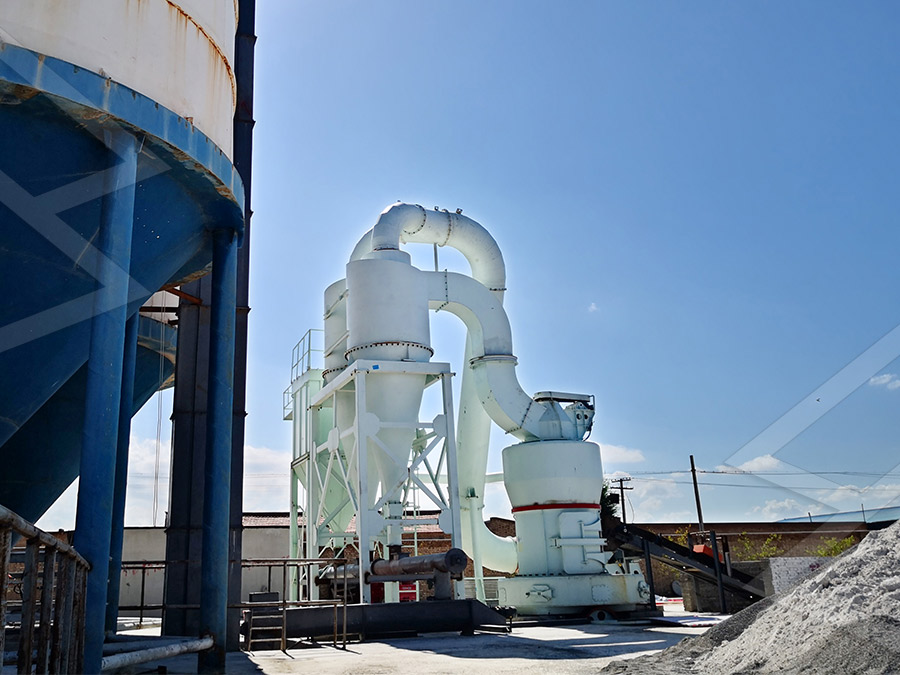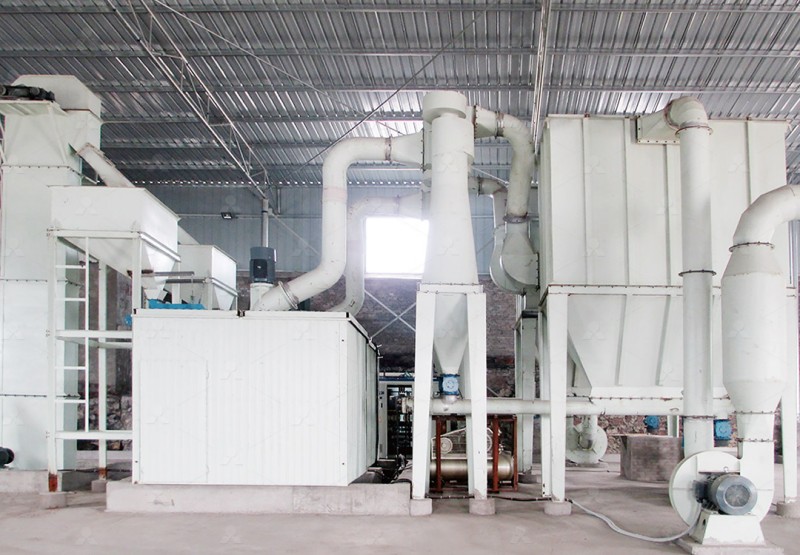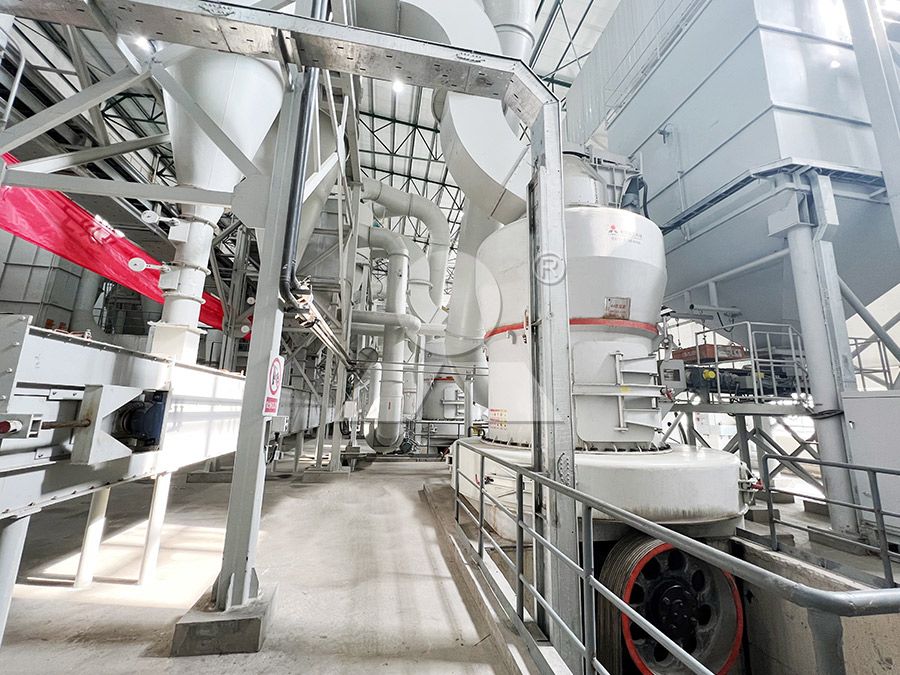How to Choose the Right Grinder for Calcium Carbonate Powder Production
How to Choose the Right Grinder for Calcium Carbonate Powder Production
Selecting the appropriate grinding equipment for calcium carbonate powder production is crucial for achieving optimal product quality, production efficiency, and operational costs. The right choice depends on multiple factors including required fineness, production capacity, energy consumption, and specific application requirements. This guide will help you navigate the selection process with confidence.
Key Considerations in Grinder Selection
When evaluating grinding equipment for calcium carbonate processing, several critical factors demand careful consideration. The required particle size distribution significantly influences equipment choice, as different mills excel at various fineness levels. Production capacity requirements must align with your operational goals, while energy efficiency directly impacts long-term operating costs. Additionally, consider the physical properties of your raw material, including moisture content, hardness, and initial particle size.
The intended application of your calcium carbonate powder also plays a pivotal role. Products destined for pharmaceuticals, food additives, or cosmetics demand exceptional purity and contamination control, while industrial applications might prioritize throughput and cost-effectiveness. Don’t overlook operational factors such as maintenance requirements, noise levels, dust control, and floor space constraints.

Understanding Grinding Technologies
Various grinding technologies offer distinct advantages for calcium carbonate processing. Traditional ball mills provide reliable performance for coarse to medium grinding but often lack energy efficiency for finer applications. Raymond mills represent an improvement for medium-fine grinding with better energy utilization. However, for ultra-fine calcium carbonate powder production, advanced technologies like vertical roller mills and ultrafine grinding systems deliver superior performance.
Modern grinding systems integrate multiple processes including crushing, drying, grinding, classifying, and conveying. This integrated approach reduces overall footprint while improving efficiency. The evolution of separator technology has been particularly significant, enabling precise control over particle size distribution and reducing energy-intensive recirculation of material.
Recommended Solutions for Calcium Carbonate
For operations requiring ultra-fine calcium carbonate powder between 325-2500 meshes, the MW Ultrafine Grinding Mill presents an outstanding solution. This advanced mill delivers production capacities from 0.5 to 25 tph while handling input materials up to 20 mm. Its innovative design eliminates rolling bearings and screws within the grinding chamber, significantly reducing maintenance concerns and potential contamination risks.
The MW mill incorporates German cage-type powder selector technology, ensuring precise particle separation and consistent product quality. With energy consumption approximately 30% of traditional jet mills and production capacity 40% higher than comparable technologies, this system offers both economic and performance advantages. The integrated pulse dust collector and muffler system maintain clean, quiet operation compliant with environmental standards.

For operations with stricter space constraints or requiring vertical configuration, the LUM Ultrafine Vertical Grinding Mill provides an excellent alternative. Handling input sizes up to 10 mm with capacities ranging from 5-18 tph, this mill features unique roller shell and lining plate grinding curves that promote stable material layer formation. The reversible structure simplifies maintenance, while multi-head powder separating technology enables energy savings of 30-50% compared to conventional mills.
Operational Excellence and Support
Beyond equipment specifications, consider the manufacturer’s support capabilities. Comprehensive technical services, genuine spare parts availability, and operational training significantly impact long-term reliability. Digitalized manufacturing processes ensure high precision components, while robust construction minimizes unexpected downtime.
Regular maintenance planning should account for wear parts replacement schedules and routine inspections. Modern grinding systems often include automated monitoring and control systems that optimize performance and provide early warning of potential issues.

Frequently Asked Questions
What fineness can I achieve with the MW Ultrafine Grinding Mill for calcium carbonate?
The MW Ultrafine Grinding Mill can produce calcium carbonate powder ranging from 325 to 2500 meshes, with the capability to achieve d97≤5μm in a single pass. The adjustable cage-type powder selector allows precise control over final product fineness.
How does the energy consumption compare between different grinding technologies?
Advanced mills like the MW Ultrafine Grinding Mill typically consume 30-50% less energy than traditional jet mills or ball mills for equivalent production capacity. The MW system specifically uses only 30% of the energy required by jet grinding mills while providing 40% higher production capacity.
What maintenance considerations are important for calcium carbonate grinding operations?
Key maintenance factors include the availability of wear parts, ease of access for routine servicing, and contamination control. The MW mill addresses these concerns through external lubrication systems, elimination of internal bearings and screws, and comprehensive technical support for genuine spare parts.
Can the same equipment handle different grades of calcium carbonate?
Yes, modern grinding systems like the MW and LUM mills can be adjusted to produce various grades of calcium carbonate powder. Through separator speed adjustments and operational parameter modifications, operators can switch between different product specifications without equipment changes.
What environmental considerations are addressed in modern grinding systems?
Contemporary designs incorporate pulse dust collectors, noise reduction systems, and sealed operation to minimize environmental impact. The MW Ultrafine Grinding Mill specifically includes efficient dust collection and muffler systems that ensure compliance with environmental protection standards.
